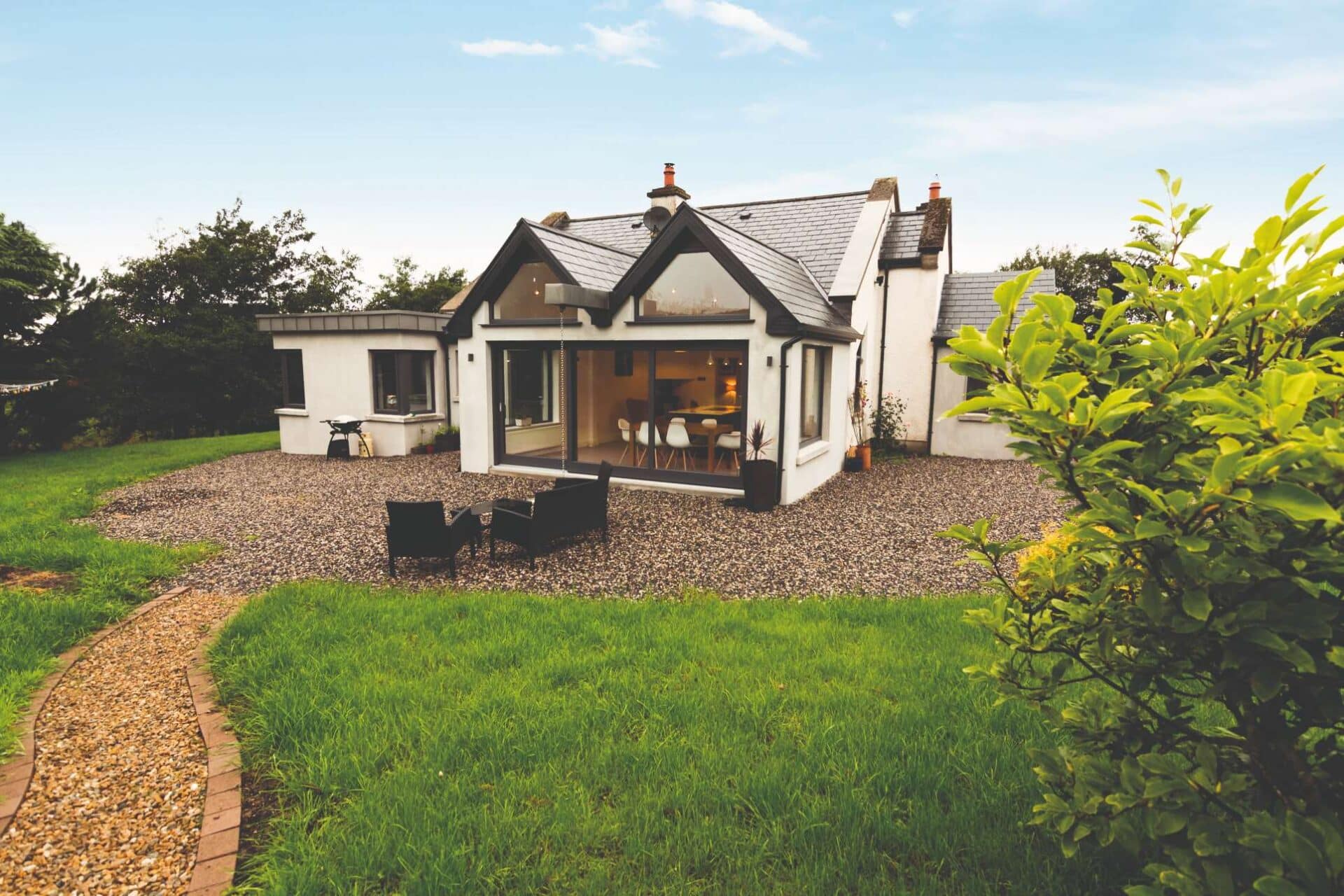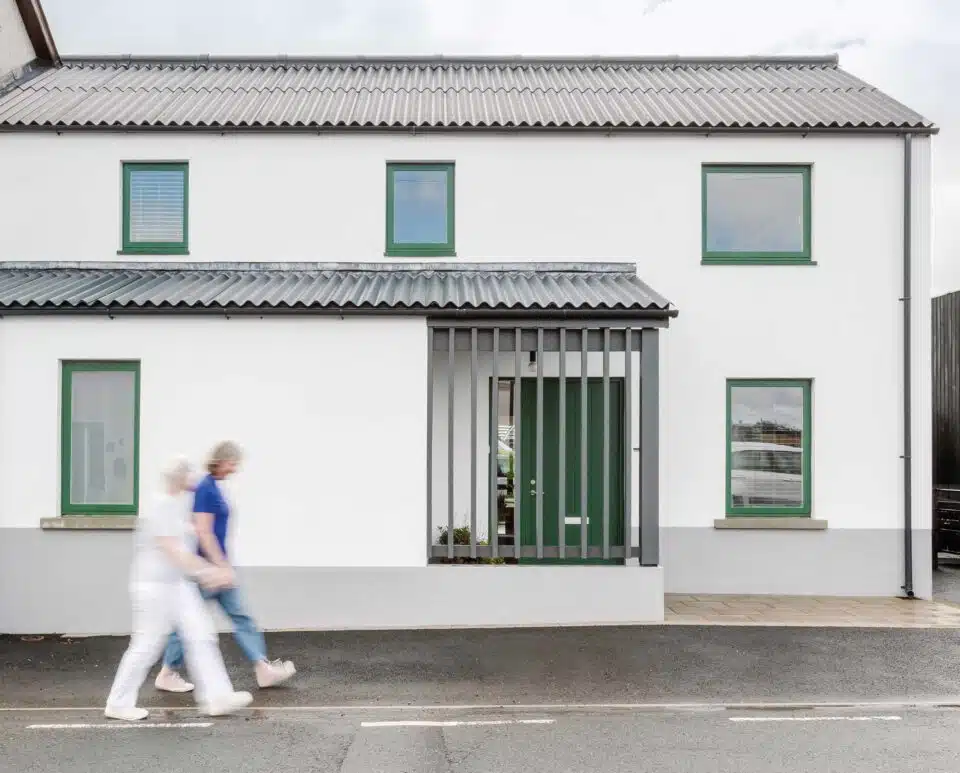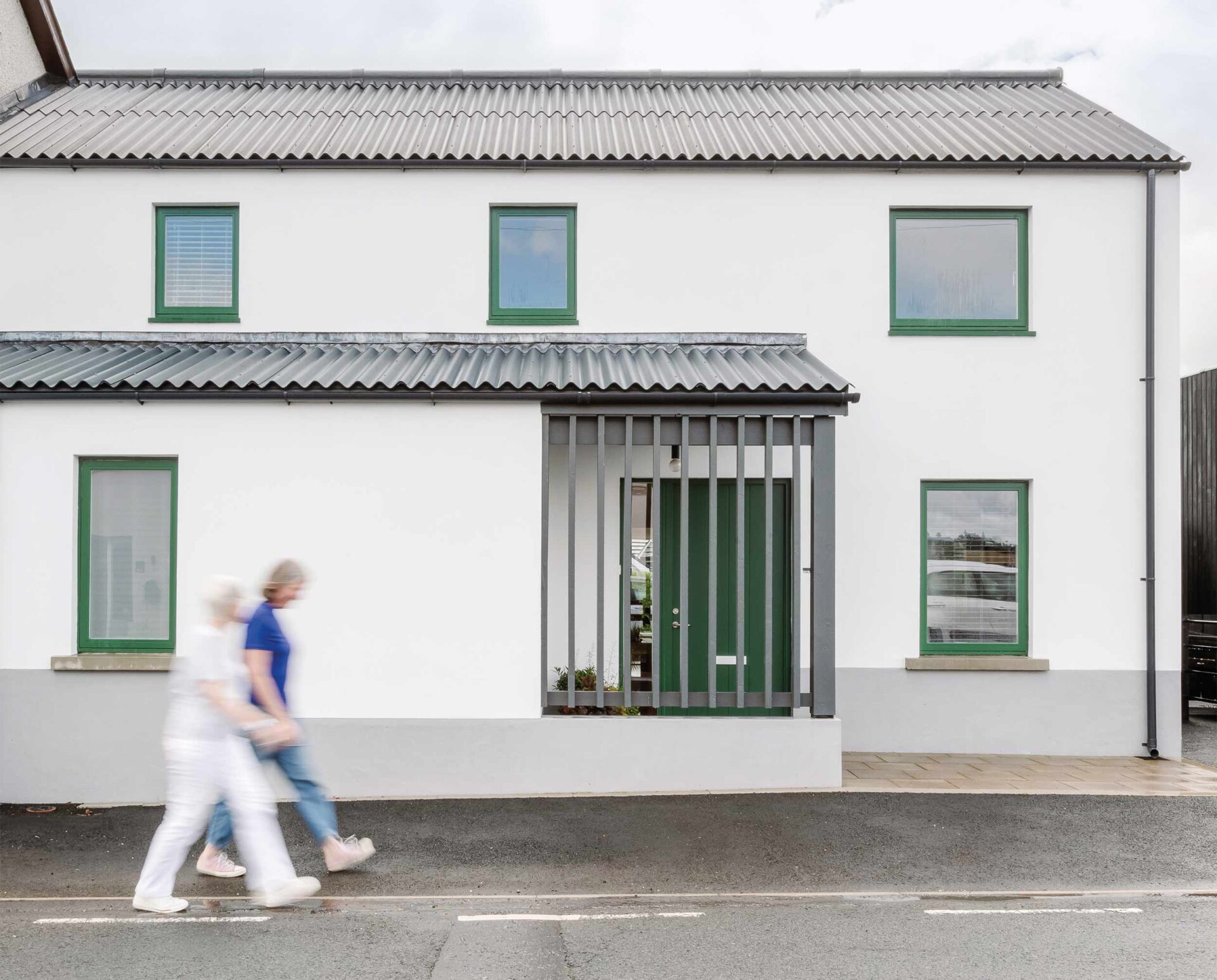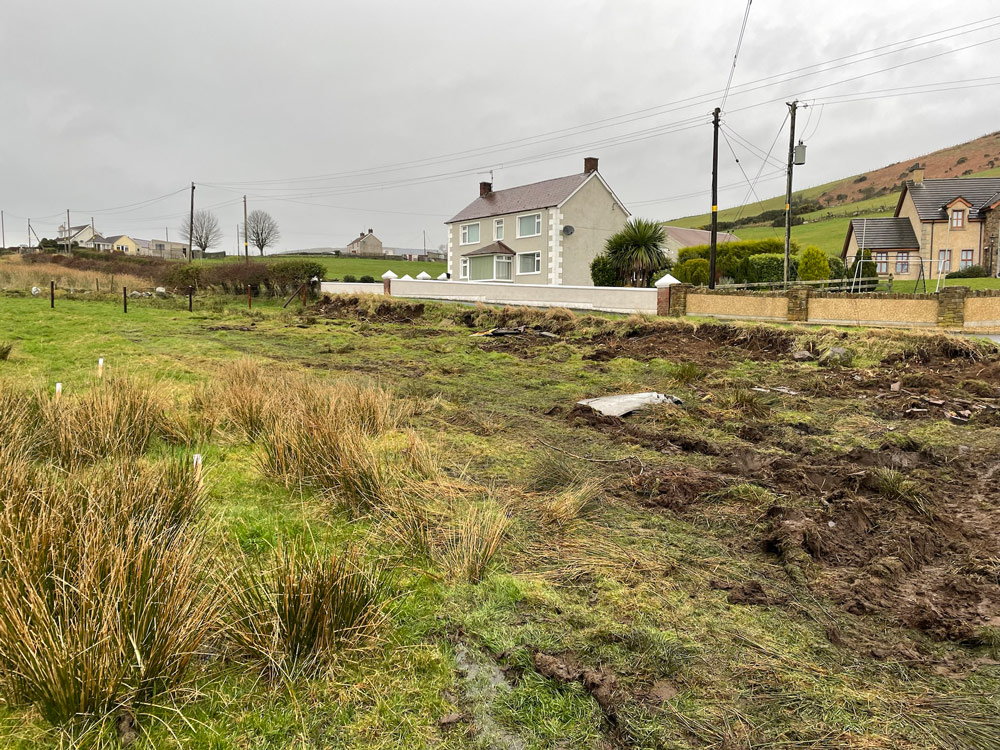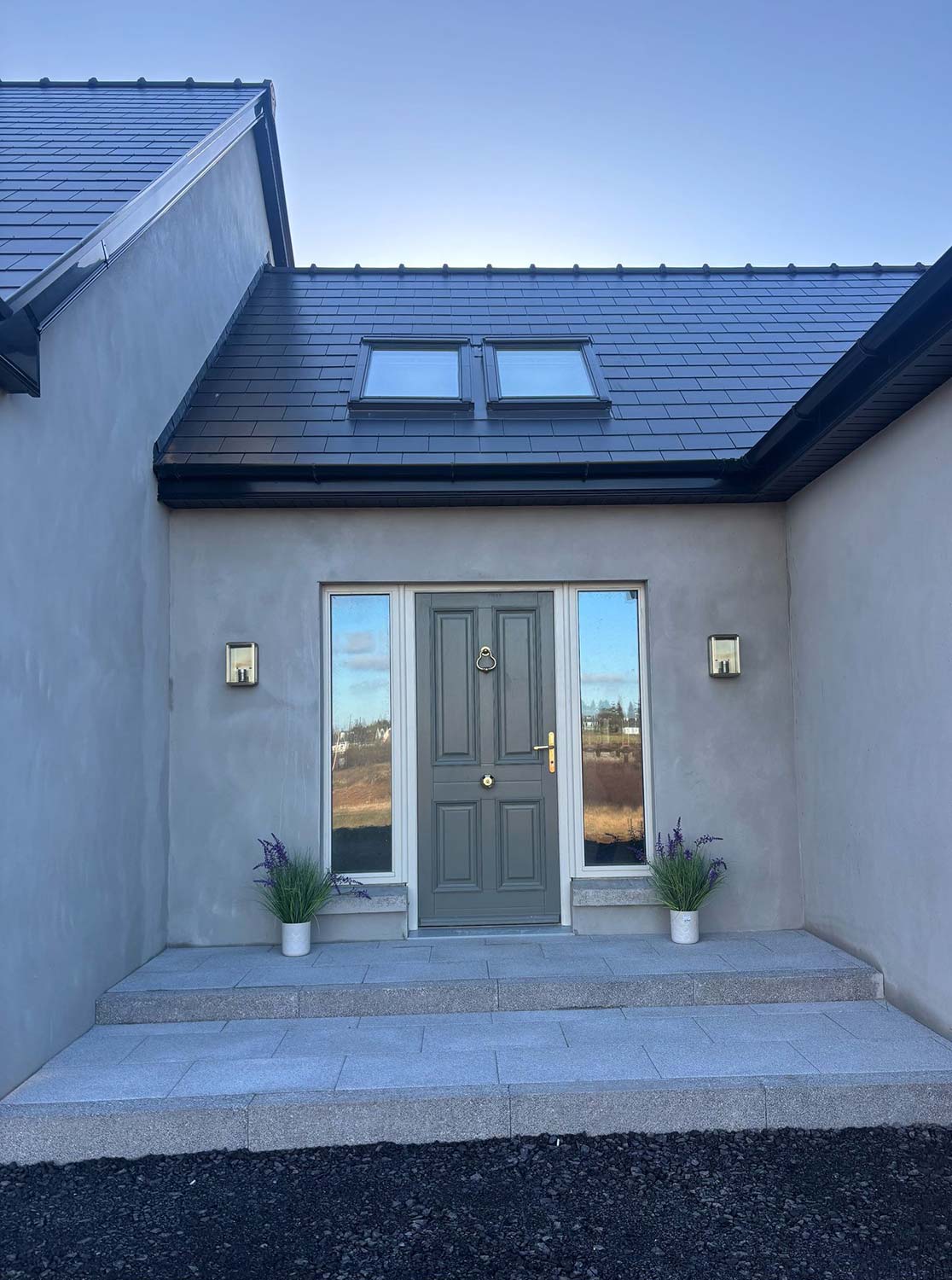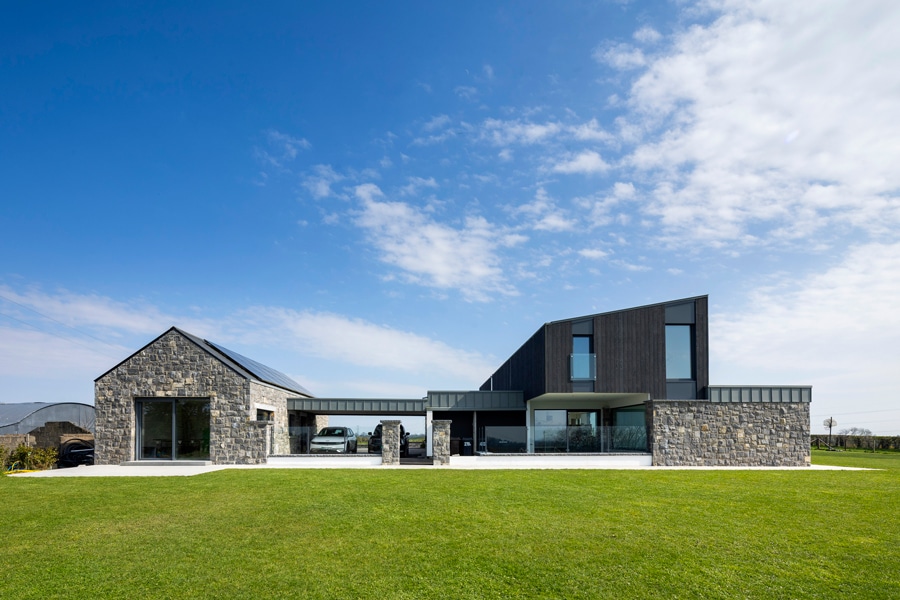In this article we cover:
- How to compare the cost of building new vs renovating in Ireland
- 9 ways to make savings on your renovation project (with tips for new builds too)
- How to put together your budget to make an accurate comparison
- Things to watch out for when making comparisons, including borrowing and cash flow
With self-build costs coming in at around 1,500 euros or pounds per sqm at the very least, renovating can prove appealing. A small renovation, at a much lesser cost, may be able to give you the space and comfort you need.
As there are economies of scale when building new, the cost per sqm for a renovation will be higher but the overall square footage is much less. As each project is unique, you’ll find that to make a real comparison you’ll need a quantity surveyor to give you costings based on two sets of plans. House hunting with a builder you trust, your architectural designer or a building surveyor could help in making decisions but their opinions are no guarantee unless they provide a written report.

If an upper storey is to be built or converted, for example, you should calculate whether the space gained upstairs compensates for the total space lost to the stairs. Existing garage stairs may not comply with the stair regulations for habitable use.
Unless an upper storey was originally designed for use as domestic habitable space, the floor may need to be strengthened. Inserting a steel beam into a floor or roof to support rafters or joists will reduce their required sizes and this can be a less expensive option than erecting heavier timbers over longer spans.
All that to say, nothing beats a real comparison. Remember that new build costs can balloon too, when site factors are taken into account.
The case in favour of a new build is that they benefit from zero VAT in NI. In ROI, first time buyers get €30k in tax back under the Help to Buy scheme and other supports like the First Home Scheme which sees the government take an equity share in the property.
In ROI the grant to do up old buildings can amount to €70k but the application process is cumbersome. It’s still a great support if you qualify, and there are other types of heritage grants to avail of through local authorities. ROI has better grants for energy upgrades, from the Sustainable Energy Authority of Ireland, than in NI where most grants are targeted at low income households.
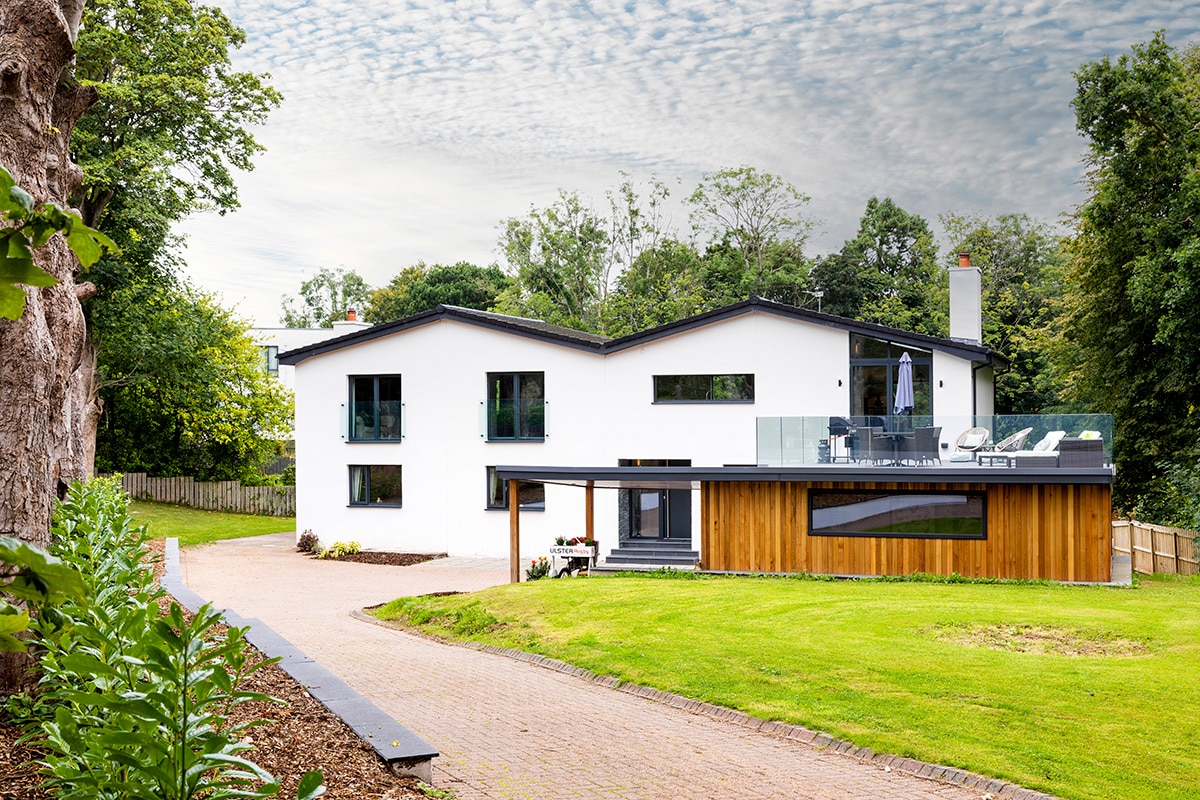
Here are ways to make savings on your renovation project.
Set your budget on finishes
The cost of internal and external finishes is where many self-build budgets take a real hammering. Floor tiles can range in price from £10 per sqm to £150 per sqm or more. Will the expensive ones do the job 15 times better than the cheaper ones? Depending on the specification, kitchen and bathroom prices can differ massively too. Ask yourself before committing to a deal in a bright and shiny sales emporium: “Do I need it or just want it, what are the real benefits of buying this instead of an alternative; and have I checked prices elsewhere?” Re-examine the drawings, specifications and schedules of work, apply this mantra to everything and be prepared to make compromises.
Keep your heating system
The heating and domestic hot water may only be sufficient to supply the dwelling as it is, yet may not require replacement for some time to come. In that case, a high efficiency combi boiler could be used as a separate system for the new space.
With self-build costs coming in at around 1,500 euros or pounds per sqm at the very least, renovating can prove appealing. A small renovation, at a much lesser cost, may be able to give you the space and comfort you need.
Extend services
In a similar vein, think about whether services such as plumbing, electrical and telecoms are to be separated between the dwelling and the new space. If the conversion simply extends the use of the existing dwelling, services can be extended from the dwelling into the converted space. This approach may prove to be cost effective but a lot depends on the layout, service routes and entry points. If keeping services separate, new connections may be required, which will incur additional costs.
Reuse or repair where possible
A fire-resisting door between a garage and a dwelling might no longer serve its original purpose, but it can be a useful acoustic door. Do you need to replaster or render the walls or would it look just as good to patch in
any new work?
Savings on insulation
If the space is available, insulation such as polystyrene products, quilts or blown fibre (preferably mineral wool) will work out cheaper than top-end polyiso (PIR) insulation boards, even though they will need to be thicker to achieve a comparable U-value. Fire regs may influence the choice, so make sure to get professional advice.
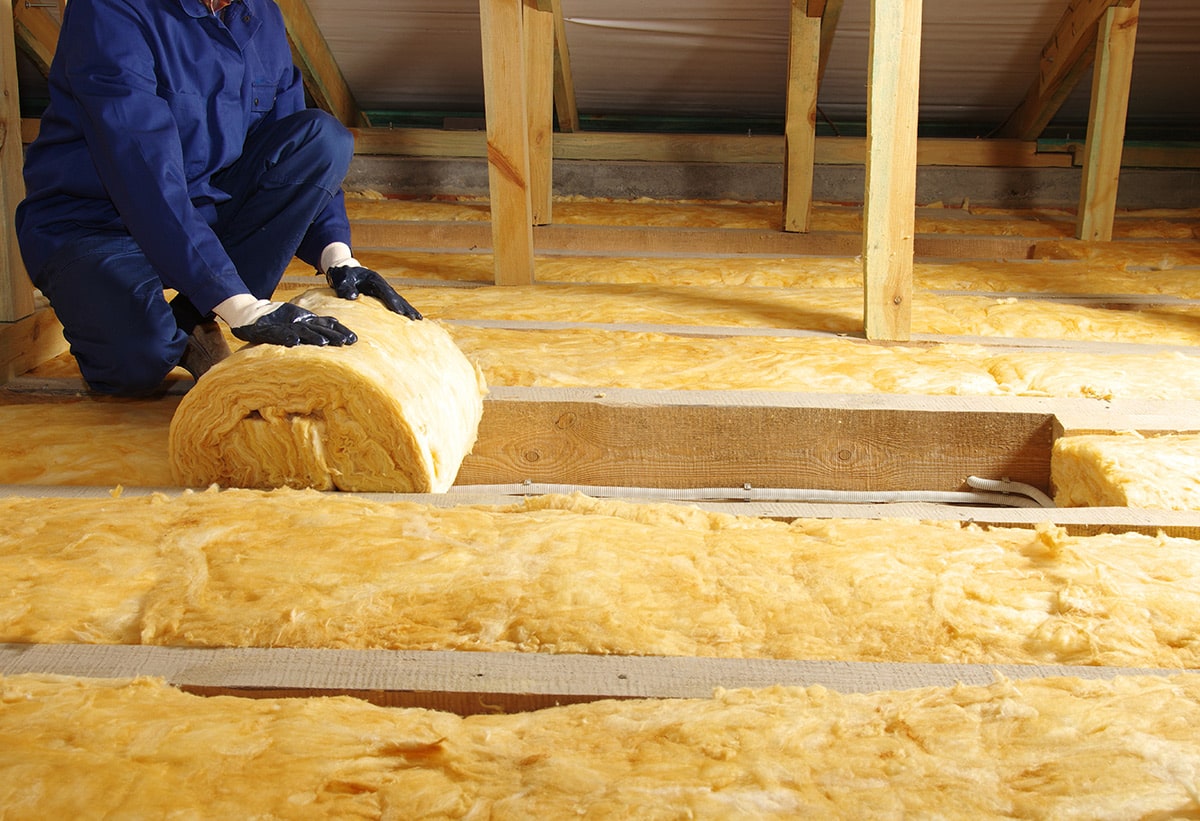
Renovate, don’t extend
Building a new external wall will need foundations and footings so will be costlier than adapting an existing one. Internal walls of timber stud or lightweight block construction can be built on top of an existing floor, as long as the floor can carry the extra loads. Similarly, a new insulated internal wall leaf could be built on the inside of an external solid wall, with an air cavity between them.
Keep the roof
If the roof structure is sound and weather resistant and does not need to be altered to achieve the design objectives, leave it as it is. If essential, replace or repair rainwater goods, external fascias, offits and barge boards.

Skip the skimming
Plasterboard doesn’t necessarily need to be skimmed. On the ‘decorate only’ face, you can use a jointing compound and scrim tape to fill joints and gaps. Then apply the finishes directly over it all, referring to the instructions supplied by the manufacturers of all the materials being used.
Limit glazing
Designs for contemporary extensions or alterations can incorporate large areas of glazing in the walls and measures for controlling solar gain may be required. Building an external wall without any opening costs less than forming openings in it and the windows or doors in the openings will also lose more heat energy than the wall surrounding them.
You will obviously need windows and doors and whilst it may be desirable to have large ones, they are often unnecessary. Much the same doctrine can apply to roof windows. Stick on an external glass box porch and you could add anything from 10,000 to 50,000 euros or pounds more to your costs. If you do want a large window or glazed wall, try to make use of the existing garage door opening. If you intend to replace other existing windows and doors, it will cost less if the wall openings are altered as little as possible.
Where to start
The first thing to do is set your budget. For a new build, the cost must not exceed the final house value. This must include all fees paid to buy the site and build the house and also the fees due to the authorities and your consultants. You also need to factor in the cost of landscaping; at a very minimum there will be site clearance and access to pay.
Similarly, for a renovation make sure the cost will not leave you in negative equity if you were to put the property on the market.
Whether new build or renovation, it’s well known that building costs can easily escalate – even on small building projects. The good news is, if the working drawings and specifications can be sufficiently detailed before the tendering process, the total project cost can be established with reasonable accuracy.
More legwork at the pre-tender stage to make firm decisions on materials and products will pay off in allowing the designer to prepare a detailed schedule of works and in avoiding
unforeseen extra costs at the end.
Also, make sure you have enough funding in place. In the case of a renovation, in ROI if you’re availing of the one stop shop grants for energy upgrade from the Sustainable Energy Authority of Ireland (SEAI), or the vacant property grant from your local authority (up to €70k), your lender will not see that as ‘money in the bank’. You will need to borrow the full amount of what it will take to renovate and prove you can fund those repayments. This is because the grant amounts are paid by the government upon completion of the build.

